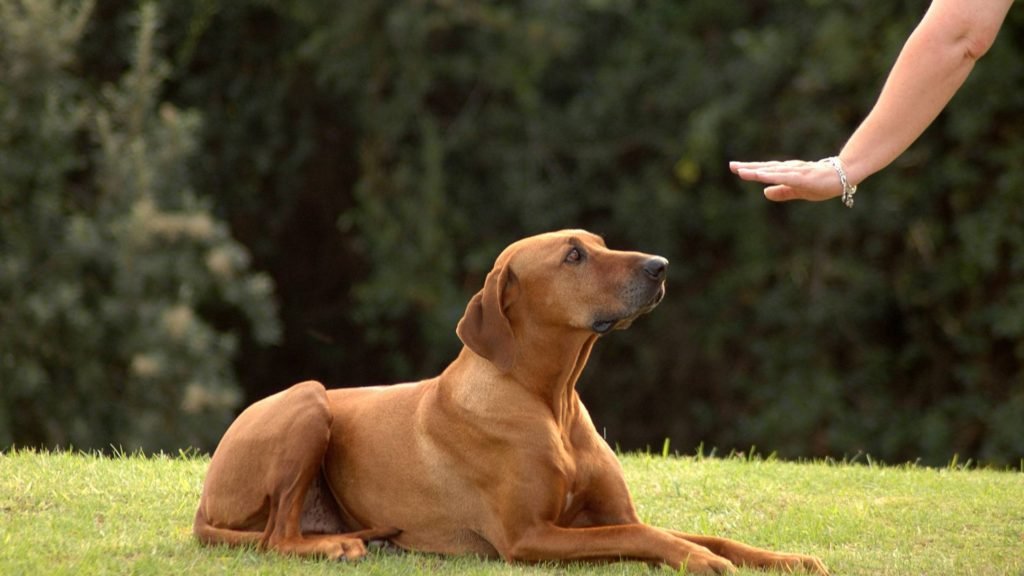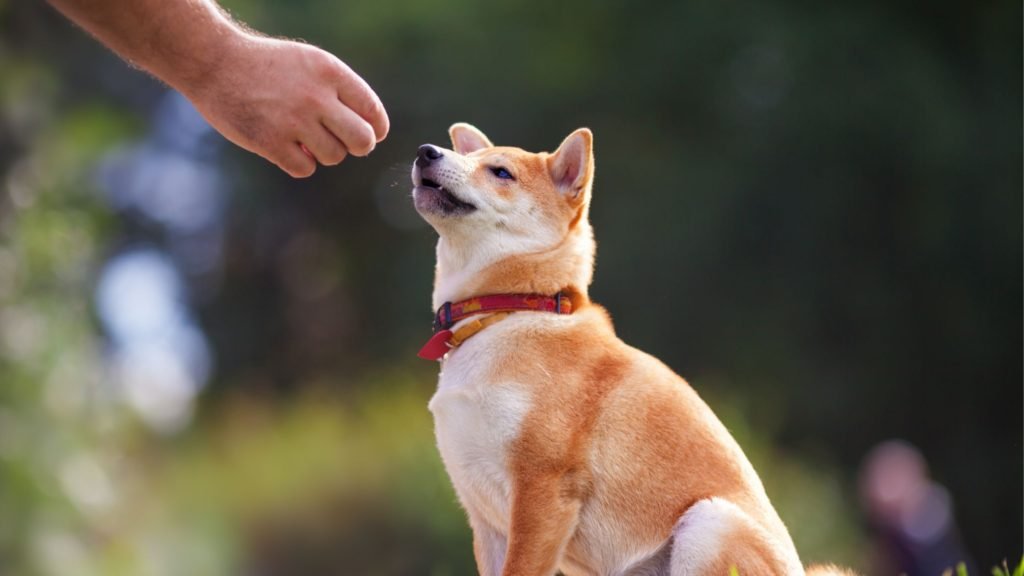A dogs balanced obedience training is a essential step to being a good dog owner, but it’s necessary to strike a balance between the two extremes. A dog might become afraid or uneasy if subjected to excessive punishment, while a pet treated too gently can become disruptive and difficult to control. Learn why it’s crucial to strike a harmony between discipline and love while teaching obedience to your dog.
The role of discipline
Discipline plays a crucial role as your dog learns through experience what is and is not appropriate conduct during obedience training. However, remember that discipline should be used sparingly and with prudence. A nervous or worried dog is more likely to exhibit problematic behavior, and excessive discipline can have the opposite effect.
The role of love
When teaching a dog, love is equally as crucial as a discipline. When you offer love and attention to your dog, you encourage good behavior and create trust between you and your four-legged companion. Always prompt and encourage your dog to learn by praising and rewarding them for their efforts when they behave well.

Finding the right balance
The secret to successful obedience training is finding a happy medium between strictness and affection. This means sparingly and only enforcing punishment when required and lavishing love and attention on your dog as a reward for excellent behavior. Remember that consistency in your training is essential in ensuring your dog knows what is expected of them
Positive reinforcement for a dogs balanced obedience
Positive reinforcement is one of the most effective methods for achieving a balanced level of compliance during the training process. This implies that you should give your dog rewards, praise, and affection when they display positive behavior rather than reprimanding them when they misbehave. Using positive reinforcement in dog training is not only a successful and more humane method, but it may also assist enhance the link you share with your four-legged pal.
Responsible dog ownership requires obedience training, but balance is most crucial. If you find the right balance between punishment and tenderness, you may help your dog comprehend expectations and develop a strong, positive bond with them. To achieve balanced obedience training, it is vital to employ punishment sparingly, show your dog affection, and give positive reinforcement.
What is balanced obedience training for dogs?
Balanced obedience training teaches dogs positive rewards and negative punishments. This method balances incentives and disciplines to create a happy relationship between the dog and the owner.
What are the benefits of balanced obedience training?
Balanced obedience training improves communication, conduct, and bonding and reduces undesirable behaviors like barking, leaping, and tugging.
What is the difference between positive reinforcement and negative punishment?
Negative punishment removes a reward or privilege, whereas positive reinforcement gives the incentive to improve the behavior.
What are some positive reinforcement techniques for balanced obedience training?
Treats, compliments, and love are positive reinforcement methods for balanced obedience training. Playtime, toys, and attention are also rewards.
What are some negative punishment techniques for balanced obedience training?
Harmful punishment methods for balanced obedience training include:
- Ignoring the dog.
- Eliminating attention or privileges (such as playtime or rewards).
- Employing a time-out or vocal correction (such as “No”).
What can common obedience commands be taught using balanced obedience training?
Some common obedience commands that hard to using balanced obedience training include “Sit,” “Stay,” “Come,” “Heel,” “Down,” and “Leave it.”


